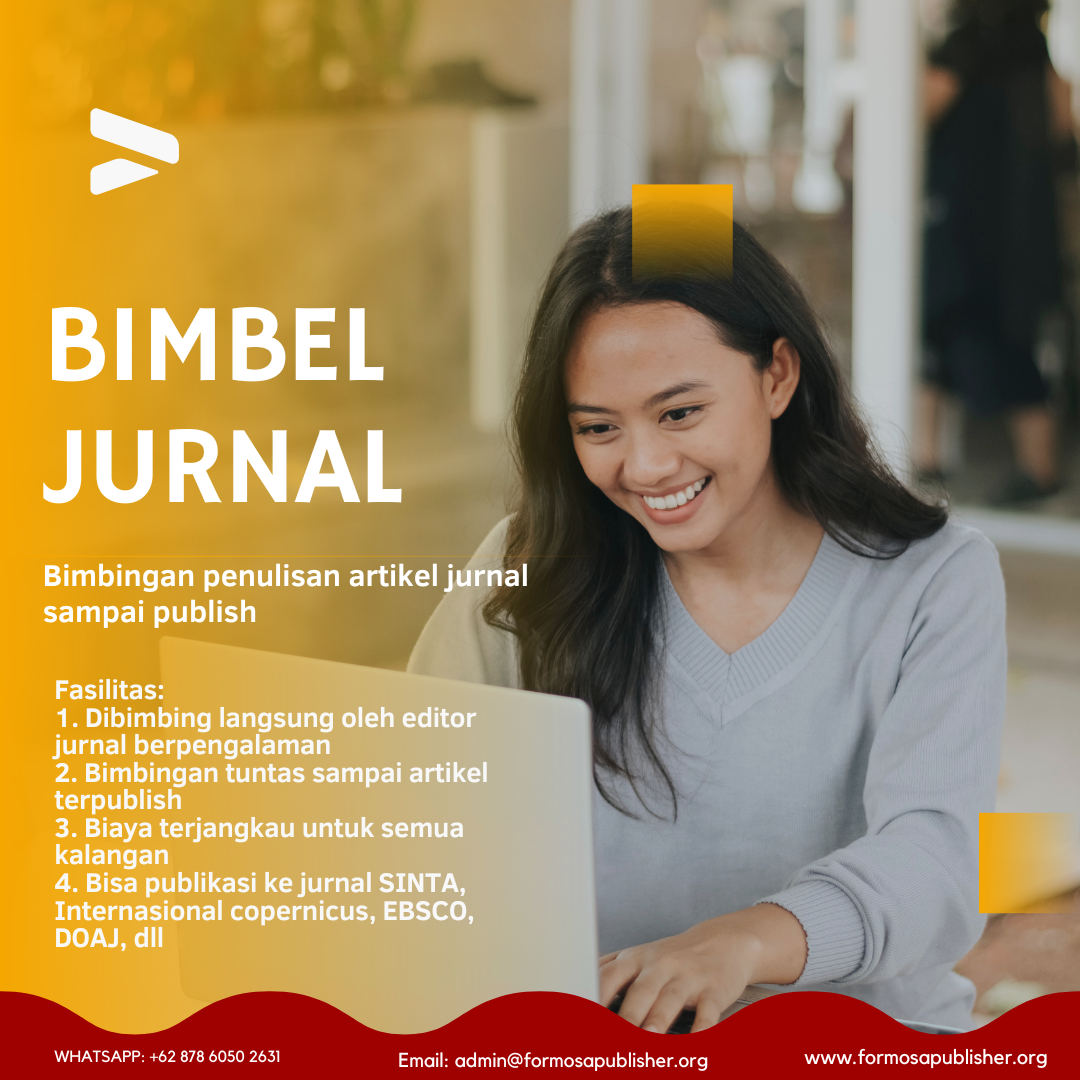Description of the Sound Intensity of Smartphones Used by Students of SMAN 1 Permata Bener Meriah
DOI:
https://doi.org/10.55927/mudima.v3i7.4248Keywords:
Voice Intensity, Smartphone, Students, SMAN 1 Permata Bener MeriahAbstract
Hearing aids/PLDs (Personal Listening Devices) such as earphones, headphones, or headsets are often used by people to listen to sound from smartphones in order to get a good sound experience. The recommended sound volume when using PLDs is no more than 60% of the maximum volume. The use of PLDs in intensities above 85 db and for a long period of time can cause non-NIHL (non occupational noise induced hearing loss). This study aims to determine the description of the sound intensity of smartphones used by students of SMAN 1 Permata bener Meriah in the academic year 2022/2023 The method used in this study is descriptive. This study uses a cross sectional approach, namely taking primary data through checking the sound intensity when using PLDs with SLM (sound level meter). From a total of 100 samples of students of SMAN 1 Permata bener Meriah in the 2022/2023 academic year, it was found that the average sound intensity heard using PLDs was 73.76 db with a minimum value of 63.1 db and a maximum of 89 db. The conclusion of this study is that students of SMAN 1 Permata bener Meriah use PLDs with sound intensity exceeding the recommended limit
References
Zachreini, I., et al. (2022). Saving hearing and mental disorders of vocational students majoring in mechanical engineering. Medan: USU Press.
Calamassi, D., Pomponi, G. P. (2019). Music Tuned to 440 Hz Versus 432 Hz and the Health Effects: A Double-blind Cross-over Pilot Study. EXPLORE, 15(4), 283- 290. https://doi.org/10.1016/j.explore.20 19.04.001
Susiyanti, E., Imanto, M., Kedokteran, F., Lampung, U., Tht- 7 kl, BIK., Kedokteran, F., et al. (2020). The Effect of Earphone Use as a Risk Factor for Noise Induced Hearing Loss, 9, 63-7.
Yogi, I. H. (2021). The Relationship Between Smartphone Use Intensity and Sleep Quality with Physical Fitness of Grade Viii Students at Smp Negeri 2 Karangpucung Cilacap Regency during the Covid19 Pandemic in 2021. Bachelor of Education Thesis, State University of Yogyakarta.
Centers for Disease Control and Prevention (CDC). (2019). Preventing Hearing Loss. Retrieved from https://www.cdc.gov/ncbddd/hearin gloss/prevention.html
Metidieri, M. M., Rodrigues, H. F., Filho, F. J., Ferraz, D. P., Neto, A. F., & Torres, S. (2013). NoiseInduced Hearing Loss (NIHL): literature review with a focus on occupational medicine. International archives of otorhinolaryngology, 17(2), 208- 212. https://doi.org/10.7162/S1809- 97772013000200015
American Speech-LanguageHearing Association. (n.d.). NoiseInduced Hearing Loss. Retrieved May 01, 2023, from https://www.asha.org/public/hearin g/Noise-Induced-Hearing-Loss/
Harvard Health Publishing. (2016, March 3). Are earbuds a cause for concern about hearing loss? Retrieved from https://www.health.harvard.edu/blo g/are-earbuds-a-cause-forconcern-about-hearing-loss
Liu, C., Wu, C., & Hsu, W. (2019). Effects of digital audio players and smartphones on sound quality ratings for music. J Audio Eng Soc, 67(9), 643-651.
Yang, M., Jin, Z., & Zhang, X. (2018). Investigation of mobile phone brand effect on sound quality. IOP Conference Series: Materials Science and Engineering, 418(1), 012025.
Downloads
Published
How to Cite
Issue
Section
License
Copyright (c) 2023 Edi Termiko, Indra Zachreini, Cut Khairunnissa

This work is licensed under a Creative Commons Attribution 4.0 International License.
































